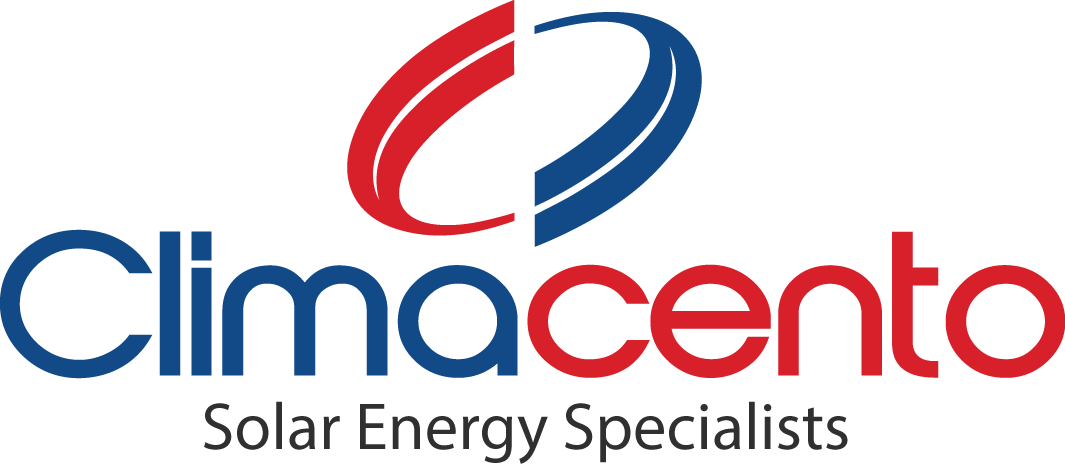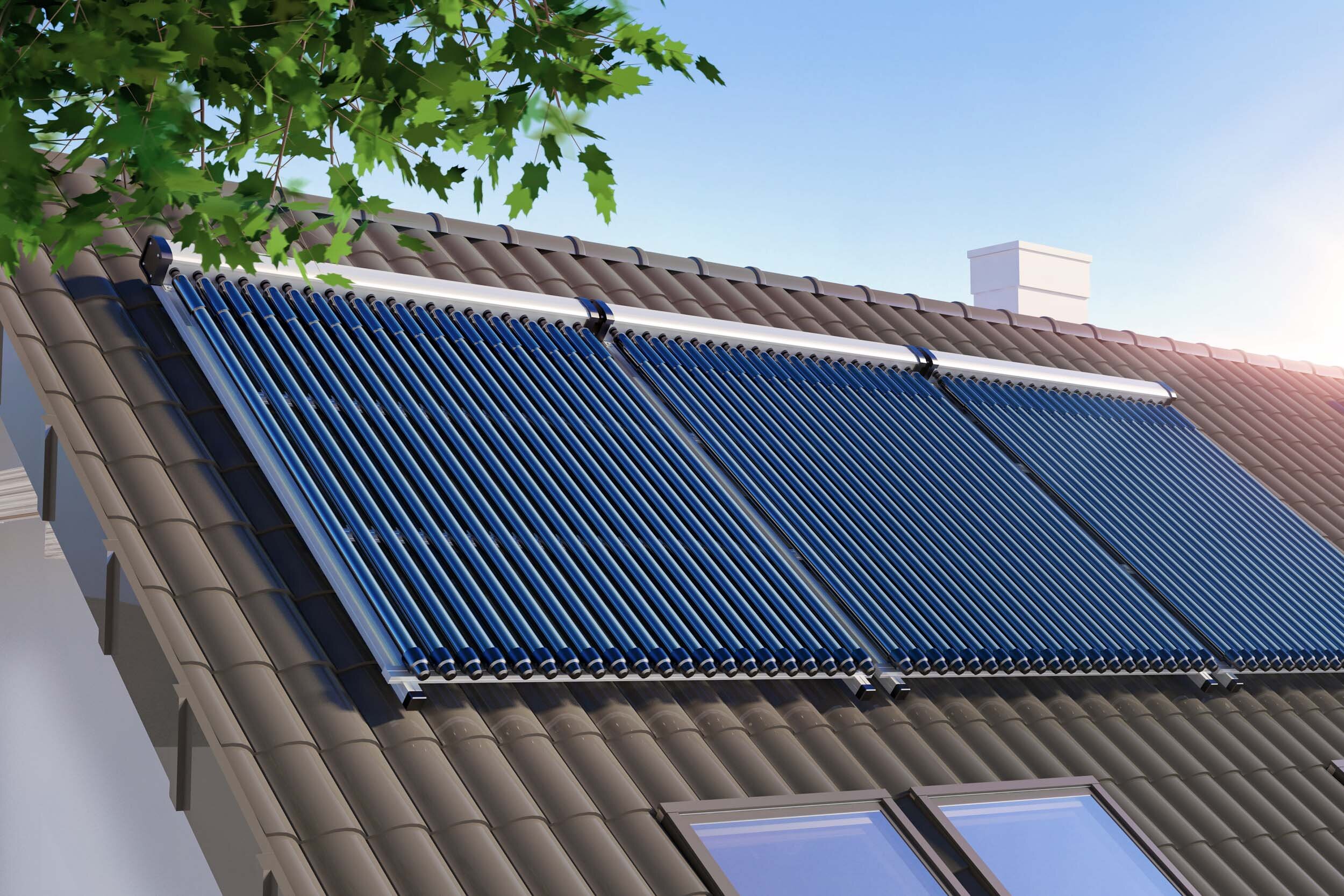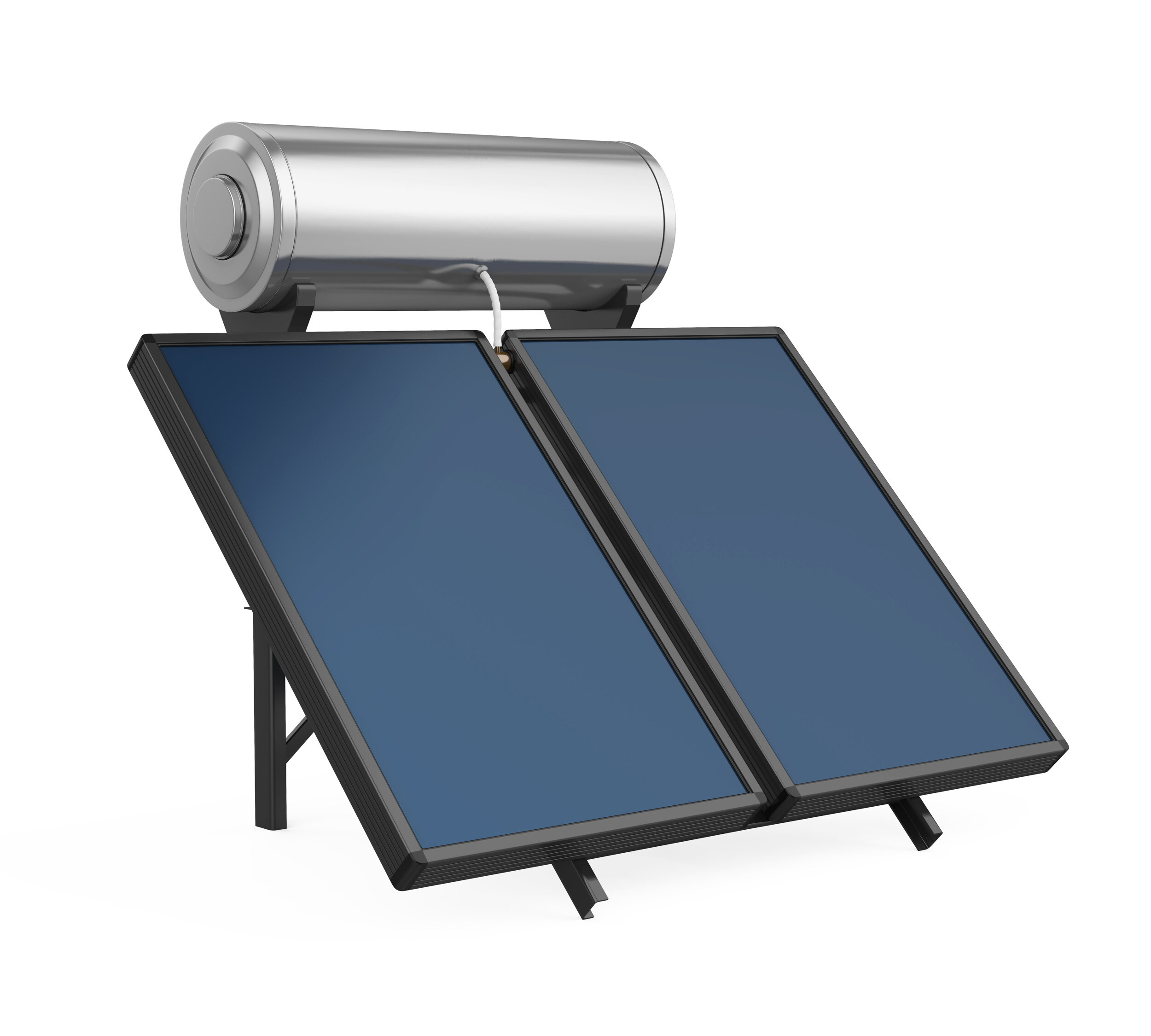How to choose the right solar water heating system for you
The best solar panels in Kenya: the art of choosing made simple
When building or renovating, the decisions to make are so many that they can easily turn what should be one of the best and most fulfilling experiences of your life into one of the most stressful ones. Building or renovating your home is a lifetime achievement. Designing and creating a space that speaks of you and embodies the lifestyle you dream of is a very delicate exercise of balance between dreams and budgets, aesthetic choices and practical needs and all that goes in between them.
We are here to guide you in every step of the way and to provide you only the information you need to take an informed decision that fits both your needs and your wallet. Read on, and you’ll have clear ideas in the blink of an eye.
How Solar Water Heating Works
Solar water heating is a simple process. Water is heated by the sun while it goes through a solar panel or collector and then is stored in a tank. The process is repeated over and over and every time, higher temperatures are achieved. Differently from an instant boiler, high temperatures are achieved progressively. It’s a slower process and that’s why a storage tank where the water can be kept and sent back to the solar collector to get heated again is necessary.
Solar tanks are obviously insulated to make sure that what’s achieved is maintained in time and energy loss is kept to the minimum. Storages are crucial and need accurate sizing done by professionals.
How to navigate the different types of solar water heaters
So, if it’s this simple, why are so many types of solar water heating systems are available on the market?
There are 4 things that differentiate them:
how the water is circulated between the storage tank and the solar collector (natural or forced circulation)
how the water is heated in the collector (flat panel, heat pipe or evacuated tubes)
how the water is heated in the tank (directly or indirectly | open or closed look loop)
pressurised or non pressurised systems
Let’s see the different options one by one and let’s try to examine the pros and cons of each one so we can easily pick the one that’s best for you.
“I cannot say enough good things about Climacento Green Tech Ltd. They are very professional and helpful. I made the right choice by buying their solar hot water heating system for my house and I can’t regret choosing them among many other companies. Their after-sale services are very excellent with a talented team that works efficiently and professionally. Last time when I had a problem I called them and acted swiftly. Proud of you guys.”
“It is always a pleasure working with Climacento.
They are reliable and provide valuable support that is seemingly 24/7.
As our primary supplier and maintenance of solar panels on our major sites and properties, there is no need to look elsewhere.”
Solar Water Heating Dictionary
The first decision to make is between forced circulation systems or natural circulation systems, aka with or without a pump that recirculates the water between the storage tank (where the heated water is stored) and the solar collector where it gets heated. Second decision: flat or heat pipe systems. Third: direct or indirect.
Let’s break down the jargon
Compact, natural circulation heat pipe solar water heater - the same is available also with flat panels. In both cases the water is heated naturally, without the need of pumps.
Natural circulations systems
These are compact systems that use the natural property of hot water to raise in a vessel to recirculate the water between collectors and tank. When the water (or the gas in the case of the heat pipe systems) is heated in the collectors, it goes up into the tank and cold water goes down filling the collector. The process is repeated indefinitely.
Pros: No pumps are required, no need of electricity to work. Just physics. Simple and straight forward. They are always our first choice whenever they fit the needs and the specific client’s situation. Highly recommended in Kenya where power is not always the most reliable of things.
Cons: The tank needs to be almost always (with some exceptions!) attached to the collector and sit on your roof with them. They have to stay close and can be separated only when certain conditions are given.
Split, forced circulation heat pipe solar water heater. The collectors are on the roof and the tank somewhere within the house/building. The same is available with flat panels.
Forced circulation systems
These are systems in which the tank can be elsewhere and doesn’t need to be close or attached to the collectors because the water between the two is circulated by a pump.
Pros: The tank doesn’t need to be on the roof making the installation easier to the eye and in terms of weight.
Cons: Water must be recirculated constantly between tank and panels to avoid overheating and potential damages and therefore a reliable source of power for the pump must be provided.
Forced circulation system. The storage tank is placed in a utility area and the solar collectors on the roof. Water between them is circulated by a small pump.
Flat panels
Heat Pipe
Flat panels
Flat panel are provided with a special glass that captures as much sunlight as possible and a series of copper rods through which the water passes and gets heated due to the high conductivity of copper.
Pros: They are sturdy, reliable and last a very long time.
Cons: They are heavier than the heat pipe or evacuated tubes and in case of leakage from one of the pipes the entire collector stops working due to the interconnectivity of the pipes.
Flat panels collectors and heat pipe collectors for split, forced circulation systems
Heat Pipe Tubes
These are evacuated glass tubes containing a copper rod filled with a special glass. The sun rays are captured by the glass then trapped within the tube by the evacuation technology to ensure no heat is lost (like a thermos). This heats up the copper which in turn heats up the gas.
Pros: They are super efficient because of their round shape that allows them to capture sun rays from all angles and makes them more effective in situations of cloudy skies. This characteristic also allows them to heat water to a higher temperature than flat panels. They are also light and since every tube is plug and play and lives an independent life from the others, in case one or more get damaged, the system stays fully functional while you wait for a replacement. Performance might be slightly impaired, but water gets heated anyway. Replacement costs are much lower than repairing flat collectors.
Because the tubes are made of glass and there is no water going through them, they are ideal in situations of poor water quality (brackish or dirty water) and in the coastal areas where the wind is saturated by sea salt which is very corrosive for any metal.
Cons: Due to the high amount of sunlight in Kenya, its virtue is also its weakness: because of the high temperatures achieved, the system needs to be constantly run and fully utilised otherwise they tend to have a shorter lifespan than the flat collectors one.
Our flat panel compact system is a direct system - the indirect version can be made available on order.
The heat pipe system is always an indirect system since there is no water in the tubes rods that contain gas and the heat is transferred from them to the water inside the tank via an heat exchanger.
Direct or open loop systems
These are systems in which the water that circulates in the panels is the same that is stored in the tank and fed to the tabs.
Pros: Simpler mechanics that ensure a more reliable performance and cheaper manufacturing that guarantees better prices.
Cons: Non advisable in below zero weather conditions where water might freeze and whenever the quality of water is not suitable to be circulated through the solar collectors or to be sent to the users.
Indirect or closed loop systems
These are systems in which the water that circulates in the panels is not the same water that is stored in the tank and fed to the tabs.
Pros: These are the only solution to when temperatures go below zero and water might freeze and whenever the quality of water is not suitable to be circulated through the solar collectors or to be sent to the users.
Cons: More complex mechanics and higher manufacturing costs since all these systems must have a heat exchanger mechanism that makes it possible for the closed circuit of water that gets heated in the collector to transfer the heat to the water in the tank, cool down and start the process again.
Non pressurised solar water heating systems
These are systems that can work only with water fed by gravity (no pumps) and they are generally very low quality products that can only withstand very low pressures making them a very unreliable and substandard product that we don’t sell or install.
Pressurised solar water heating systems
They are systems that can withstand working with pressurised water (pumped) and that can also take the natural pressure that is created by the water heating process. They are much higher quality products compared to their non pressurised counterpart, they have higher manufacturing costs that translate to higher prices but they are reliable and safe to use. They are the only solar water heaters we deal with.
Non pressurised system often have a mini balancing tank on top of the main storage tank and they are easy to spot.














